
Six Nations Reunion: Birmingham Alumni Keep Tradition Alive
Six Nations Reunion: Birmingham Alumni Keep Tradition Alive In a heartwarming testament to the lifelong friendships forged at the University of Birmingham, a group of

Six Nations Reunion: Birmingham Alumni Keep Tradition Alive In a heartwarming testament to the lifelong friendships forged at the University of Birmingham, a group of
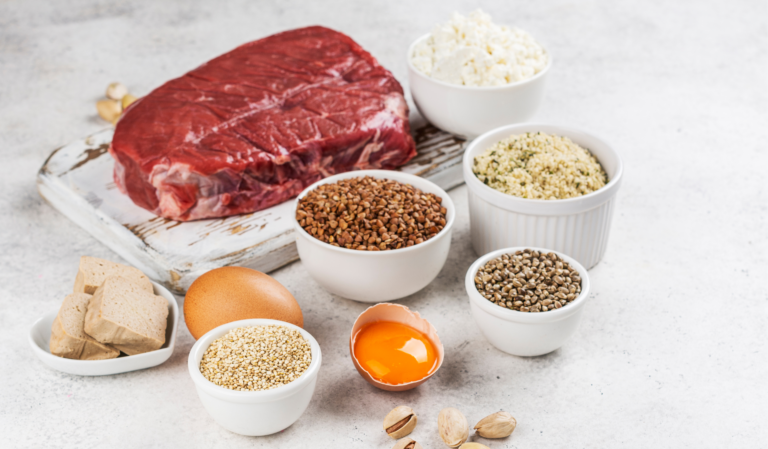
How much iron do women actually require? With a lot of information out there, how much iron do women actually require? Women’s Health has received
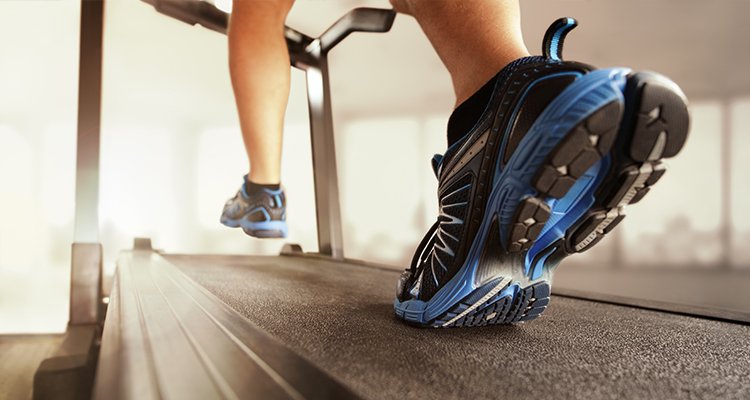
BOOST YOUR MOOD WITH EXERCISE We all know that getting out and exercising can make us feel better, giving us that sense of achievement and
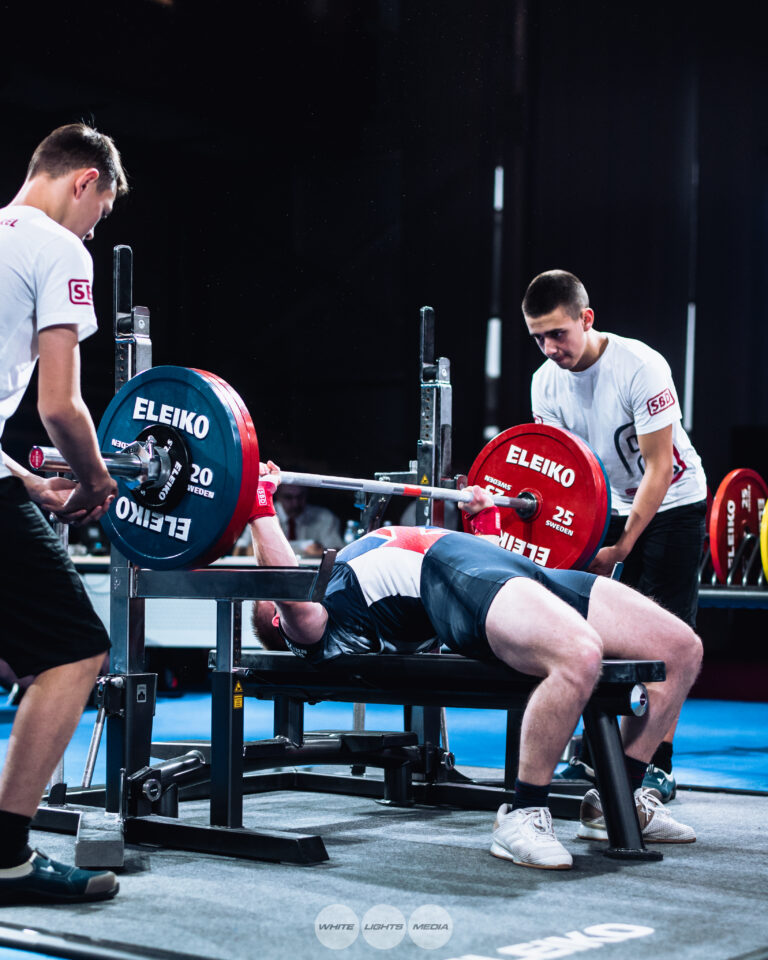
Member Spotlight: Andrew Ward (GB Powerlifter, Entrepreneur, and Author) Alumni and community member, Andrew Ward has been using our Sport & Fitness club since we
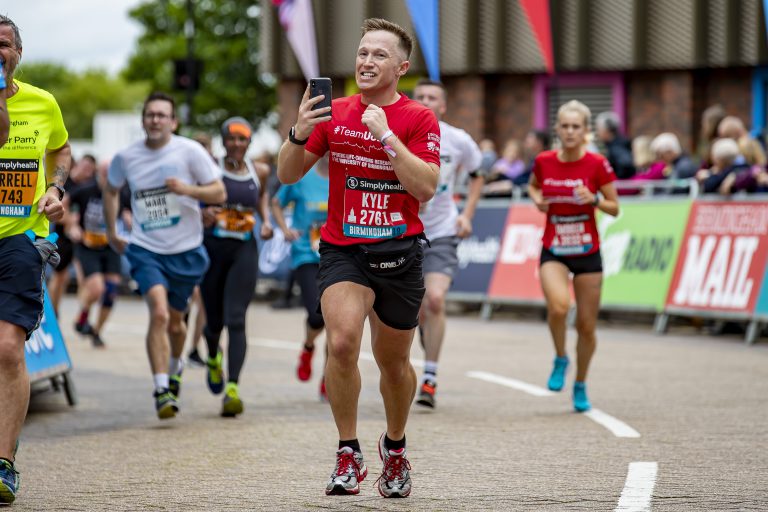
If you’re worried about leaving it too late to start training, or simply have concerns about committing to your first ever long-distance run in front

Muslims who choose to fast during Ramadan will abstain from eating and drinking between sunrise and sunset each day for one month. It’s a busy
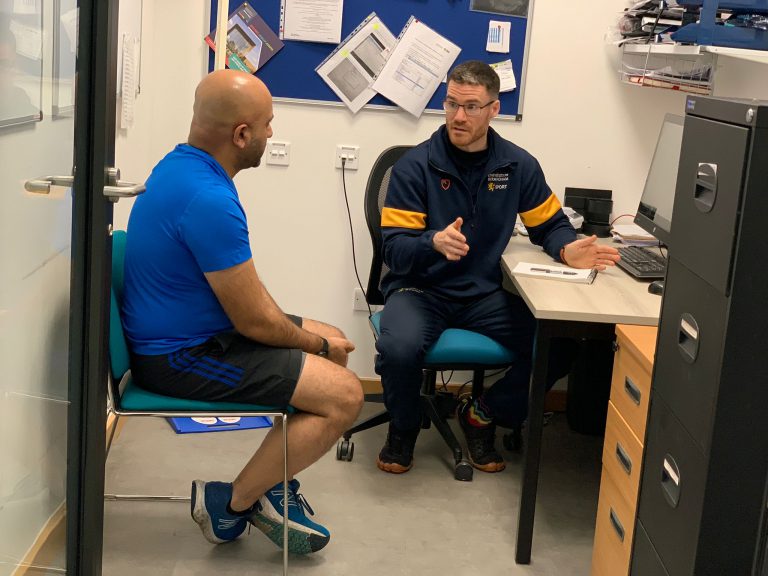
The holiday season can be a great time to unwind, especially during the world’s current ups and downs. Food and exercise can take a nose

Returning to exercise after lockdown For many of us, the re-opening of the fitness facilities has meant an eager return to our pre-lockdown workout routines,
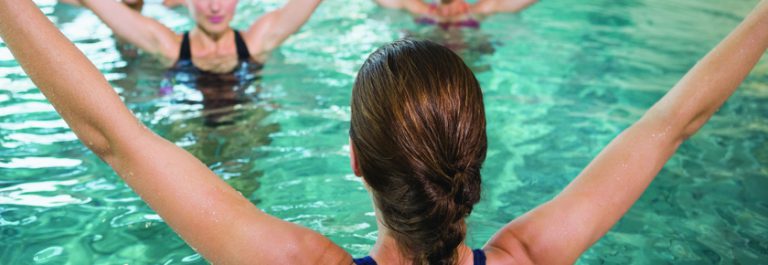
The does and do-not’s of exercising during pregnancy is a much discussed topic, and it can be hard to know what is and isn’t safe.

Prior to any run it’s important to ensure you’re fuelled and ready to go. We caught up with Ollie Armstrong, resident Physiologist at UB Sport & Fitness,
Scroll down for more options…
Scroll down for more options…
Scroll down for more options…

